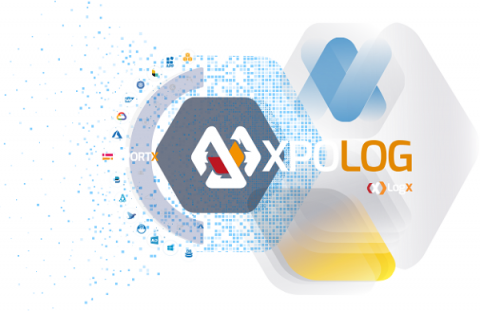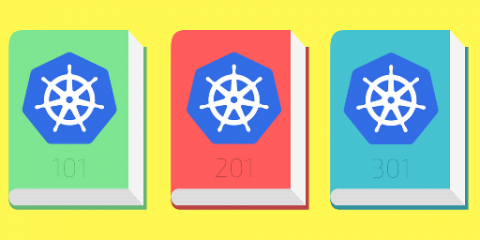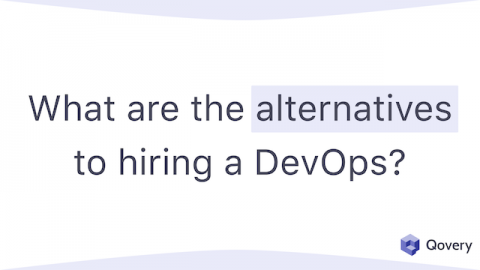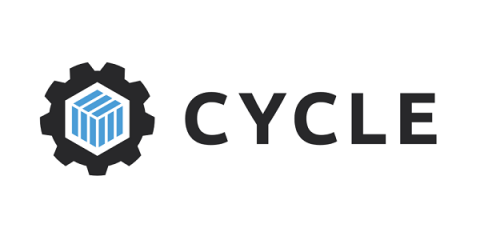Introducing Netdata's step-by-step tutorial
Health monitoring and performance troubleshooting aren’t easy. That’s exactly why we’re building Netdata, to democratize monitoring and make it accessible to anyone interested in learning more about their systems and applications. Of course, teaching a complicated topic isn’t easy either. Until recently, the only resource to help new users after installation has been our getting started guide.











